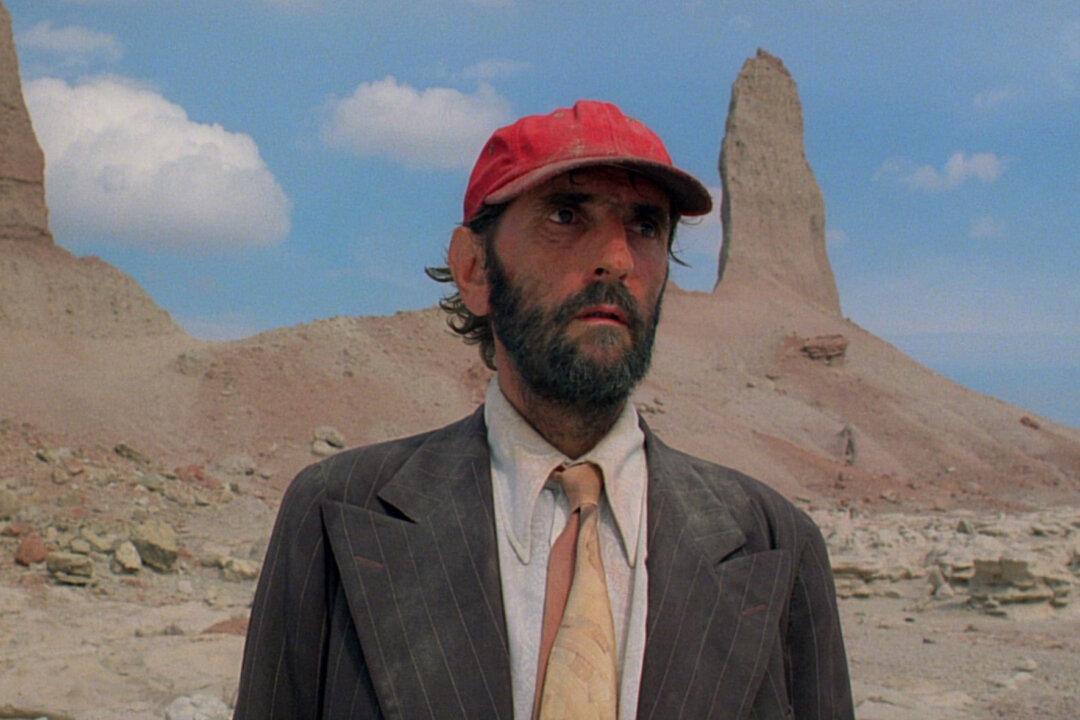R | 2h 25m | Drama | 1984
From classic Golden Age movies, to foreign films, to modern flicks, I count several westerns at the top of my list of all-time favorite films.

R | 2h 25m | Drama | 1984
From classic Golden Age movies, to foreign films, to modern flicks, I count several westerns at the top of my list of all-time favorite films.